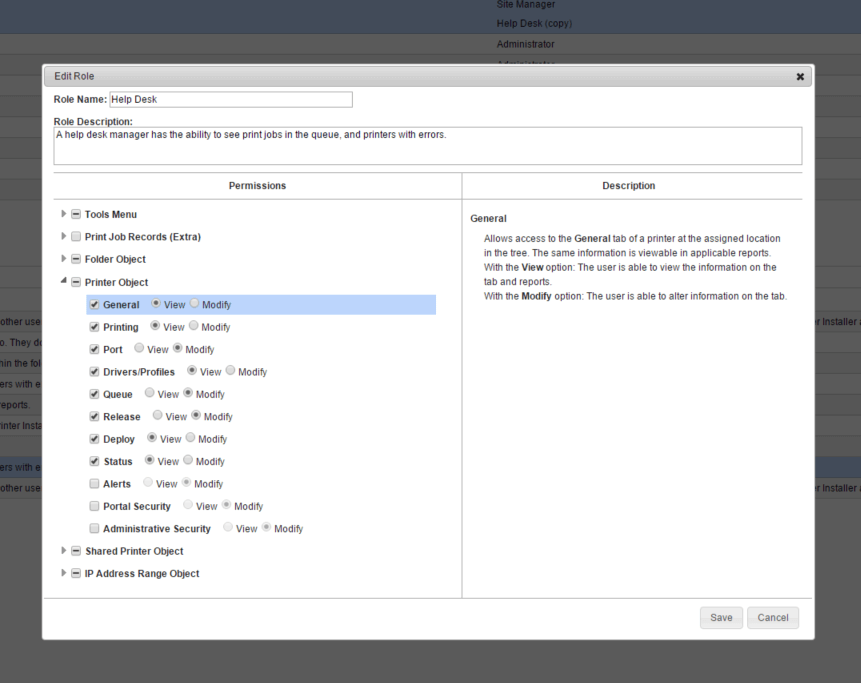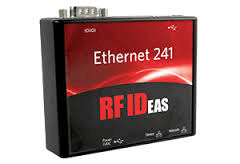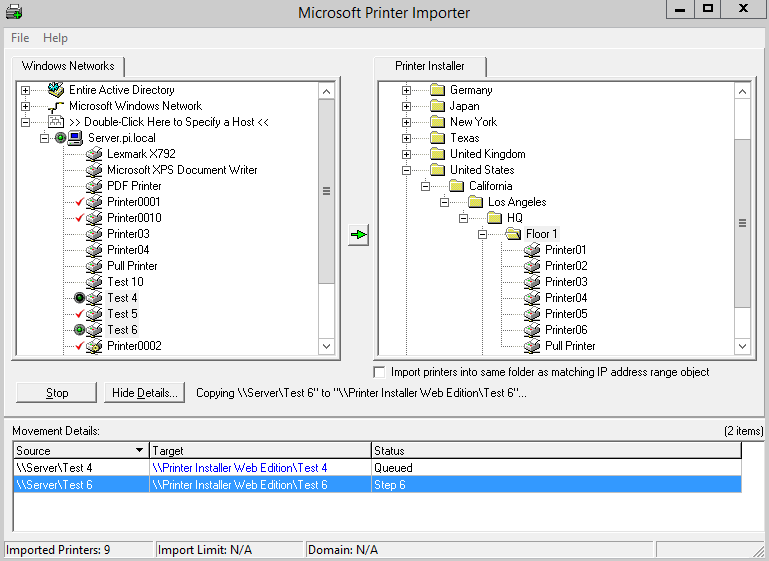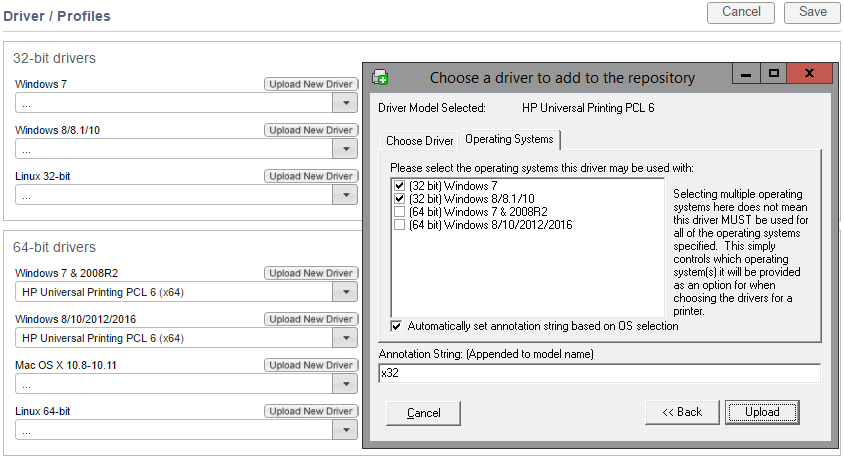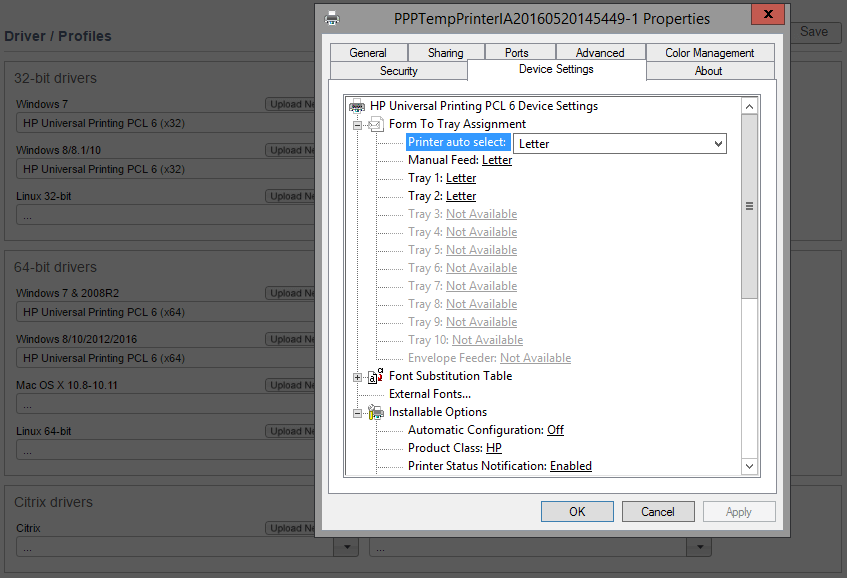Posted by Jordan Pusey
Printing in Citrix using its built-in functionality is something many admins try to avoid. Not out of choice, but out of necessity. Both client-side Citrix printing and Citrix print management leave a lot to be desired on account of their unreliability, unique requirements and lack of transparency. Although there have been gradual improvements as Citrix evolves, printing in Citrix environments still is nowhere near the level it needs to be for dependable, straightforward, trouble-free enterprise printing.
Several third-party solutions have sprung up to address Citrix printing problems, but few of them offer the ease of use and flexibility of PrinterLogic. Here are six reasons why PrinterLogic should be your go-to solution for printing in Citrix:
1. Citrix print management done right. When you use PrinterLogic in a Citrix environment, you get access to PrinterLogic’s unparalleled print management. Your first experience with this will likely be the web-based admin console, which offers centralized management of every printer across the entire enterprise from a single pane of glass. And it just gets easier from there. Set permanent or temporary default printers with the click of a checkbox. Deploy printers with precision – yet without resorting to group policy objects (GPOs) or scripts. Plus much, much more.
2. No need for print servers. A huge contributor to Citrix printing problems is print servers, which are finicky, frustrating and costly single points of failure. By enabling you to eliminate print servers altogether through direct IP printing in Citrix, PrinterLogic lets you remove all traces of bloat from your thin architecture.
3. Reduced WAN traffic. By virtue of its ability to establish direct IP connections between endpoint devices and printers, PrinterLogic slashes the amount of network traffic that has to travel across the WAN to the centralized servers. That removes further potential for Citrix printing problems, frees up bandwidth, and improves the network performance that is so essential to virtual environments.
4. Self-service printer installation. One of PrinterLogic’s most acclaimed features is its intuitive self-service portal. This allows ordinary end users to easily identify and install printers themselves from a floor plan map. All without having to call the service desk. That saves them time, and it saves your IT and support staff time.
5. Your choice of printing in Citrix. Want to print to the Citrix Universal Printer? Not a problem. Or maybe you’d rather use auto-created printers? That’s fully supported, too. So is using direct IP session printers. Since each method brings its own advantages, PrinterLogic doesn’t force you into relying on one method for printing in Citrix. You’re free to choose whichever method your organization prefers.
6. Improved proximity printing. Citrix print management isn’t all bad. It has some great features, such as proximity (or location-based) printing. PrinterLogic actually builds on this strength by making proximity printing more targeted and effective, so end users can have nearby printers automatically installed on the fly—even if they happen to roam during a session.
The fixes to printing in Citrix can sometimes be as daunting as the problems themselves. Not with PrinterLogic. Our print management solution is a comprehensive remedy for Citrix printing problems that combines flexibility, ease of use and stability.
